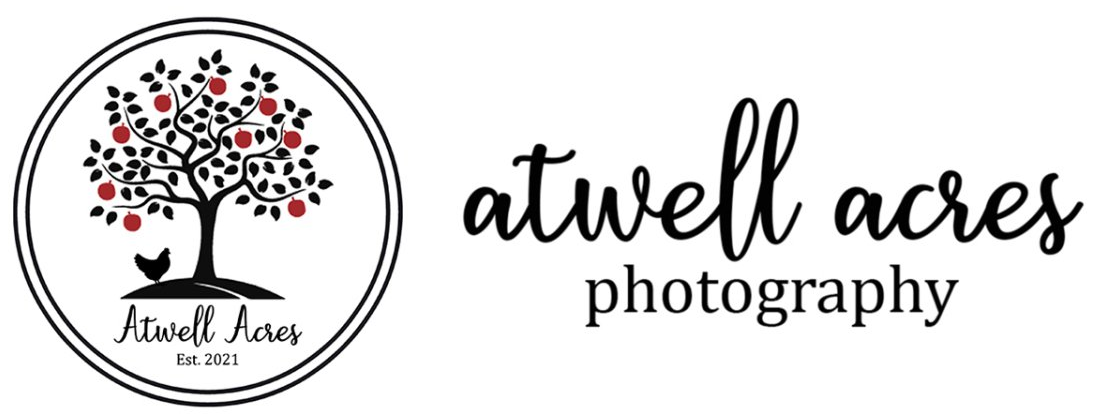Breastfeeding Tips for New Moms
How do I breastfeed my baby as a new mom?
When it comes to childbirth and parenting, there are many ways to prepare before your little one’s grand debut. Want to master swaddling and diapering? Simply find a doll and practice ‘til you’ve nailed it. Want to learn how to soothe your newborn? Learn the tried-and-true 5 S’s. Curious about what your newborn’s sleep patterns should look like? Understand the ‘ eat-wake-sleep ’ cycle. But when it comes to breastfeeding, there’s just no good way to practice for the real thing. You can read all the books, take all the classes, and gather all the best supplies, but breastfeeding is unique to each mother and baby. Some mothers of multiples will even tell you their first child got the hang of it right away, while it took a while for second or third.
I’ve listened to expecting mothers who adamantly declare their plan to breastfeed, only to find out that it’s not so easy when the moment arrives. Maybe you had a long labor and delivery, or maybe you’re still worn of it from your C-section. Transitioning from delivery to breastfeeding can feel a bit overwhelming. If you have a preemie, it becomes even more challenging (but totally doable!).
You might have watched some of those adorable videos of newborns naturally nosing their way over and instantly latching for their first feeds. Although that may happen for some, I wouldn’t say it’s the norm. If that is not your experience, not to worry! Many mothers and babies require time to figure it out. So, whether you’re reading this to get an idea or what to expect, or if you’re looking for help RIGHT NOW because Baby just won’t latch
, we’re here for you. We’ll offer a few breastfeeding tips to encourage a comfortable latch, *PLUS* some troubleshooting tips for the most common issues.
Watch for Hunger Cues
First, make sure your baby is actually hungry. If he’s pushing away, he might not be ready for a feed yet. Don’t force it. Watching for hunger signs will also prevent your baby from getting overly hungry. Impatience and crying makes breastfeeding harder. Look for these hunger cues:
· Moving head side-to-side
· Bringing hands up to mouth
· Sticking out his/her tongue
· Sucking on fingers
· ‘Nosing’ around
· Crying (late hunger cue)
How to Encourage Your Baby to Latch
1. Get Comfortable
First and foremost – relax. If you feel uncomfortable or stressed, that will only make it harder. Find a comfy chair, keep some water and snacks on hand, turn on your favorite show or music, and settle in. Use support pillows and maintain good posture to prevent neck and back pain.
Ironically, you may not want your little one to be overly cozy. Awake and alert is optimal. Try removing the blanket and playing with her toes. Gently tickle her to keep her awake. It’s hard to encourage a solid latch with a dozing baby.
2. Find a Good Position
Breastfeeding looks different for every mother and baby. Try out different positions until you both find what you like. In every position, make sure to stay stomach-to-stomach with your baby. Keep his hips, stomach, shoulders, and head aligned for easier swallowing. Some common positions include:
· Cradle position
· Side-lying
· Transition hold
· Football hold
· Back-lying
3. Encourage a Strong Latch
Bring your baby to your breast. (Do not try to take your breast to your baby. That might sound silly, but many mothers find themselves hunched over in frustration. Save your back, and bring Baby up to you.)
Just as you would hold and direct a bottle, hold your breast in a ‘C’ shape and direct the nipple toward your baby’s mouth . (Hold the whole breast, not the nipple.) You want your baby’s chin up while nursing, so start with your nipple at about eye-level.
Direct the nipple toward your baby’s top lip or nose (not the middle of her mouth) to encourage her to open. If she does not open her mouth as you brush the nipple across her lip or nose, she may not be hungry. Try again later.
When your baby’s mouth is open wide, encourage him to latch . Try to get most of the areola closest to the nipple in your baby’s mouth (you do not want him to have the nipple alone as this will feel painful, and your baby cannot pull enough milk.)
Your baby’s tongue should cover her lower lip, and her chin should be touching your breast. If not, you can use your finger to gently pull her bottom lip down and her top lip up .
A quick breastfeeding tip about getting baby to latch from the Newborn Lady.
Signs of a Good Latch
· Slow, circular jaw movement
· No clicking or smacking noises
· Painless for Mom
· You can see Baby’s tongue
· You hear swallowing
· Your baby seems calm
· Your nipple maintains a round shape when detaching
Frequently asked questions about breastfeeding from new mom's...
“The latch is good, but I’m still very sore.”
No matter how good the latch, the first two weeks of nursing are tough. Until your body adjusts, add some nipple cream after each feed, and let them dry completely before covering back up. You can also temporarily try nipple shields (also a great way to get your baby used to going from breast to bottle easily).
“My letdown is too strong for my baby.”
Try expressing some milk until the flow slows a bit before latching your baby. Or, pump for 1-2 minutes – just long enough for the strong letdown to pass – and then latch your baby. This will help will an overly hungry baby as well, since he won’t have to wait for the letdown to get milk.
“I’m not producing enough milk.”
First, take an accurate measurement. Pumping may not be a true representation since pumps aren’t as efficient as your baby at extracting milk. If you are truly concerned about how much milk you’re producing, visit a lactation consultant who can precisely weigh your baby before and after a feed to see how many ounces your baby is getting.
If it’s not enough, don’t worry. Consider supplementing with formula to ensure your baby gets what he needs. Offer the breast first. Then, offer the bottle for the rest of the feed. Continue pumping to increase your body’s demand for milk. You can also try Mother’s Milk Tea
to increase supply. A lactation consultant can help you with a personalized plan that best fits you and your baby.
“One side produces more than the other.”
This is normal. Also, if you are pumping, that may not be an accurate indication for how much milk you are truly producing. Babies are usually much more efficient than the pump at getting milk out. But, if you notice one side is much fuller than the other, pump on the less-full side for a few minutes before nursing. Your body will adjust to increased demand. You can also feed baby longer on the less-full side to even out supply. As soon as it’s even, feed the same amount of time on each side, and don’t forget to alternate which side you begin on each time.
“My baby keeps falling asleep during feeds.”
Once your baby wakes up from a nap, remove the swaddling blanket, change her diaper, and bring her into a well-lit room. Smile and talk to her. Play with her by moving her arms and legs. Let her know it’s time to wake up. Then, while she’s alert, try latching. Continue to talk and interact while she eats. Rub her arms or legs. Make sure she’s not too warm. If she starts dozing, take her off the breast and interact with her some more before offering again. Ideally, try following the ‘eat-play-sleep’ cycle.
Sources:





